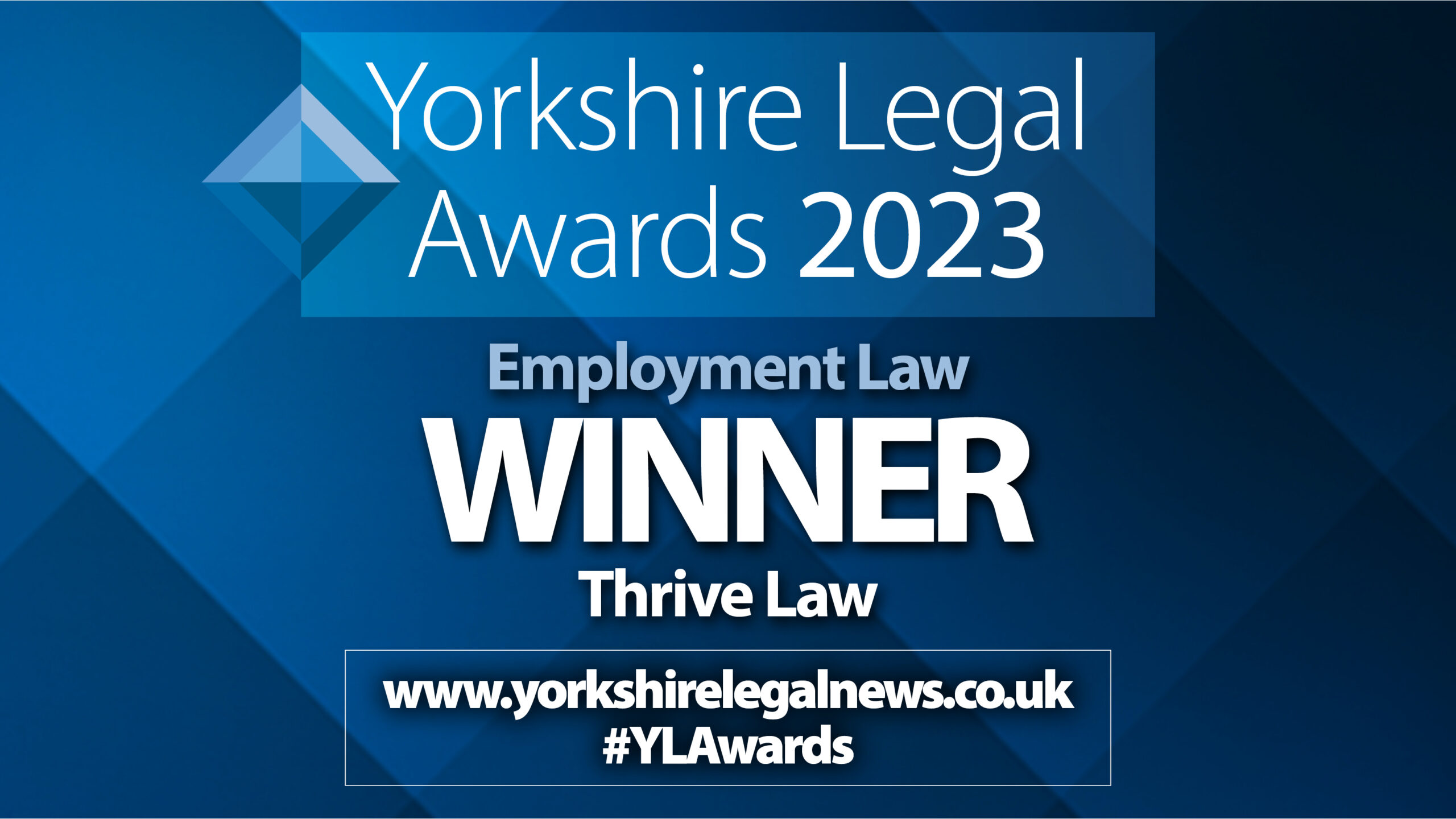Following a webinar which the Thrive team lead for Amazing Apprenticeships, we
wanted to follow up with a blog explaining positive action; what it is, what
employers can do, and answering a few fascinating questions which came up in
the webinar.
wanted to follow up with a blog explaining positive action; what it is, what
employers can do, and answering a few fascinating questions which came up in
the webinar.
What is positive action?
At the outset, it’s worth making it clear that positive action is not mandatory. An
employer can use it if they wish to; they decide if it’s something that aligns with
their values or, perhaps, they want to address historical concerns around
diversity.
Positive action is the introduction of measures to eliminate or reduce
discrimination or its effects, to encourage people from particular under-
represented groups to apply for jobs and obtain those roles where they are
equally qualified.
The under-represented groups must be under-represented because of protected
characteristics. The protected characteristics are:
- Age
- Disability
- Gender reassignment
- Marriage
- Pregnancy and maternity
- Race
- Religion or belief
- Sex
- Sexual orientation
For example, choosing a black candidate over a white candidate if both are of
equal merit.
equal merit.
Why is it different to positive discrimination?
Positive discrimination is unlawful. Positive discrimination is recruiting or
promoting solely because of a person’s protected characteristics. For example,
setting quotas for particular demographics is unlawful. It is unlawful to only
recruit one protected characteristic (except in certain exceptional scenarios) and
unlawful to pick someone due to a protected characteristic if they are not of
equal merit. These actions risk discrimination allegations.
How does it work?
It means that if, following an objective recruitment process, an employer has two
candidates of equal merit, then you can offer the role to the candidate if you
reasonably believe their characteristic causes a disadvantage. For example, if
you have established that there is a low proportion of BAME representation
within your industry.
There only has to be a reasonable belief that their characteristic causes a
disadvantage. Establishing this doesn’t require a detailed statistical analysis – it
can just be through local or colloquial knowledge.
It’s particularly helpful in reducing unconscious bias; often, if a role came down
to two equal candidates, the panel members could choose based on more
subjective factors such as who might ‘fit in’ or who was more chatty. Positive
action reduces those factors.
subjective factors such as who might ‘fit in’ or who was more chatty. Positive
action reduces those factors.
There is more guidance on best practices in positive action from the Government
Equalities Office.
Equalities Office.
Why is positive action controversial?
It’s worth being clear that positive action has far more pros than cons, as it gives
scope for the under-represented to join the workforce.
It can improve social mobility, but this is more of an indirect effect rather than a
clear aim of positive action. Because positive action can only be based on
protected characteristics, it means employers cannot use positive action to
justify, for example, choosing one candidate over the other because one has not
had a university education or is from a lower-socio economic background.
Similarly, positive action does not tackle the reverse of this social-economic
issue; it does not encourage employers to not be elitist in their approaches.
It also doesn’t necessarily take into account that equal merit or equal
qualifications may be more difficult for certain demographics to achieve, so
reaching that status of “equal” may take substantially more work than for other
candidates.
Nevertheless, anything which enhances one group of persons above another can
be controversial, especially in the media and social media.
Could there be backlash from the unsuccessful candidate?
Where positive action is used correctly, there is no recourse for the unsuccessful
candidate as positive action is explicitly permitted by the Equality Act. However,
if the criteria for positive action are not met, and instead the decision amounts to
positive discrimination, then an unsuccessful candidate could bring
discrimination claims.
For this reason, it is crucial to note the objective scoring criteria, the basis of
equal merit, and the decisions surrounding positive action and the disadvantage.
How do you stop the candidate who got through on positive action from
being criticised?
In practice, there are two elements to this. Firstly, that candidate is equally
qualified as the other candidate, so there is no basis for criticism. There’s not
necessarily any need for the wider workforce to know that the candidate was
only given the role due to positive action.
qualified as the other candidate, so there is no basis for criticism. There’s not
necessarily any need for the wider workforce to know that the candidate was
only given the role due to positive action.
Secondly, it’s worth noting that subjecting someone to criticism because of
positive action is, by extension, subjecting them to criticism because of their
protected characteristics. This is unlawful discrimination and should be followed
up as a disciplinary matter or breach of an anti-harassment and bullying policy.
Can an employer pick their own “positive action” criteria?
No, they can’t. As set out above, positive action can only be conducted on the
basis of the Equality Act’s protected characteristics. This means that, although it
may be relevant, an employer can’t take into consideration factors such as socio-
economic background or motherhood.
may be relevant, an employer can’t take into consideration factors such as socio-
economic background or motherhood.
Did you know we provide outsourced HR services to businesses?
Using Thrive’s HR services makes your life easier; we provide you with quick and
most importantly, correct HR decisions so your staff management is stress-free
and sufficient. We take care of everything. From drafting contracts and
handbooks tailored to your business to advising and supporting you through
redundancies. Our knowledge in these areas is first rate; if you have an HR
question, our qualified solicitors will have the answer for you. We are always just
a phone call away.
Why should you outsource your HR services to solicitors? Getting your HR
services from a solicitor means that, should a case ever proceed to tribunal,
everything we have ever discussed is protected by Legal Privilege meaning all
conversations are protected. In contrast, if you were to use an HR consultant, all
conversations and documentation regarding that employee would be disclosable
in the tribunal.
Get in touch today to invest in your business and make your HR stress free.
Disclaimer
Please note this blog is for reference purposes only and is only accurate at the
date it was published. It does not constitute legal advice and should not be relied
upon as such. Specific legal advice about your specific circumstances should
always be sought separately before taking or deciding not to take any action.
Please contact us if you have any questions at enquiries@thrivelaw.co.uk









